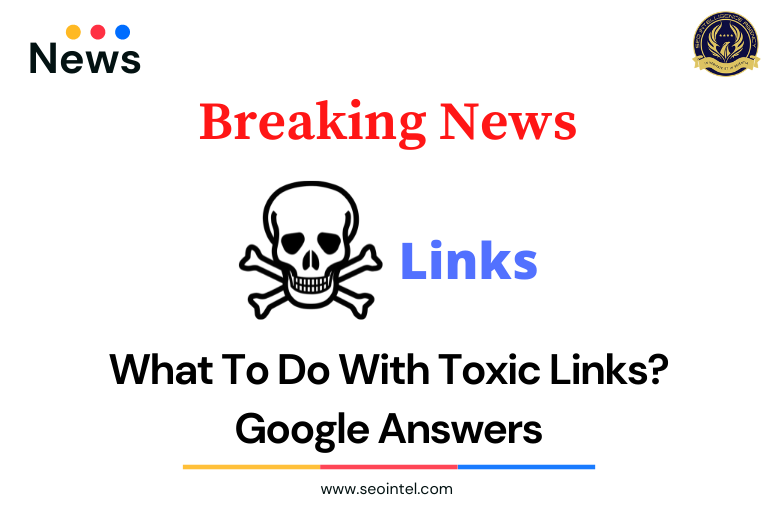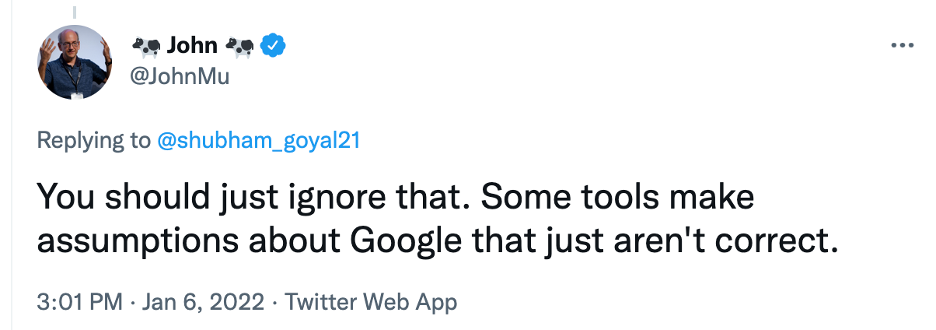
On Twitter, a user asked John Mueller what to do with toxic links, as they are raising the toxic score for his website on Semrush and other third-party tools. He asked if he should disavow these types of links.
John Mueller responded that the user should just ignore it and that some tools make assumptions about Google that are just not correct. Big statement!

Another user chimed in asking how to identify toxic links. Mueller then responded that they don’t have a notion of “toxic” links and if you bought links and can’t clean them up, then disavow them.

In an answer to a similar question years ago, his answer was that, they don’t have a concept of toxic domains and it is fine to use tools to work on your site, but we should understand what the tool does, interpret the output, and not just blindly follow along.

We really do not have much idea how Google reads links and how they determine which ones are good and which ones are not. The different metrics provided in third-party tools are also metrics that the tools come up with and are not exactly the same with how Google does things.
Most SEOs rely on these tools as sort of a baseline, to guide them, and to help them analyze particular sites. One needs to start somewhere, right? Which is why we cannot really say this particular tool is the best or this particular tool works and that tool does not. It really depends on your preference, what you are used to using, and how you interpret the data provided by these tools.
Further reading: